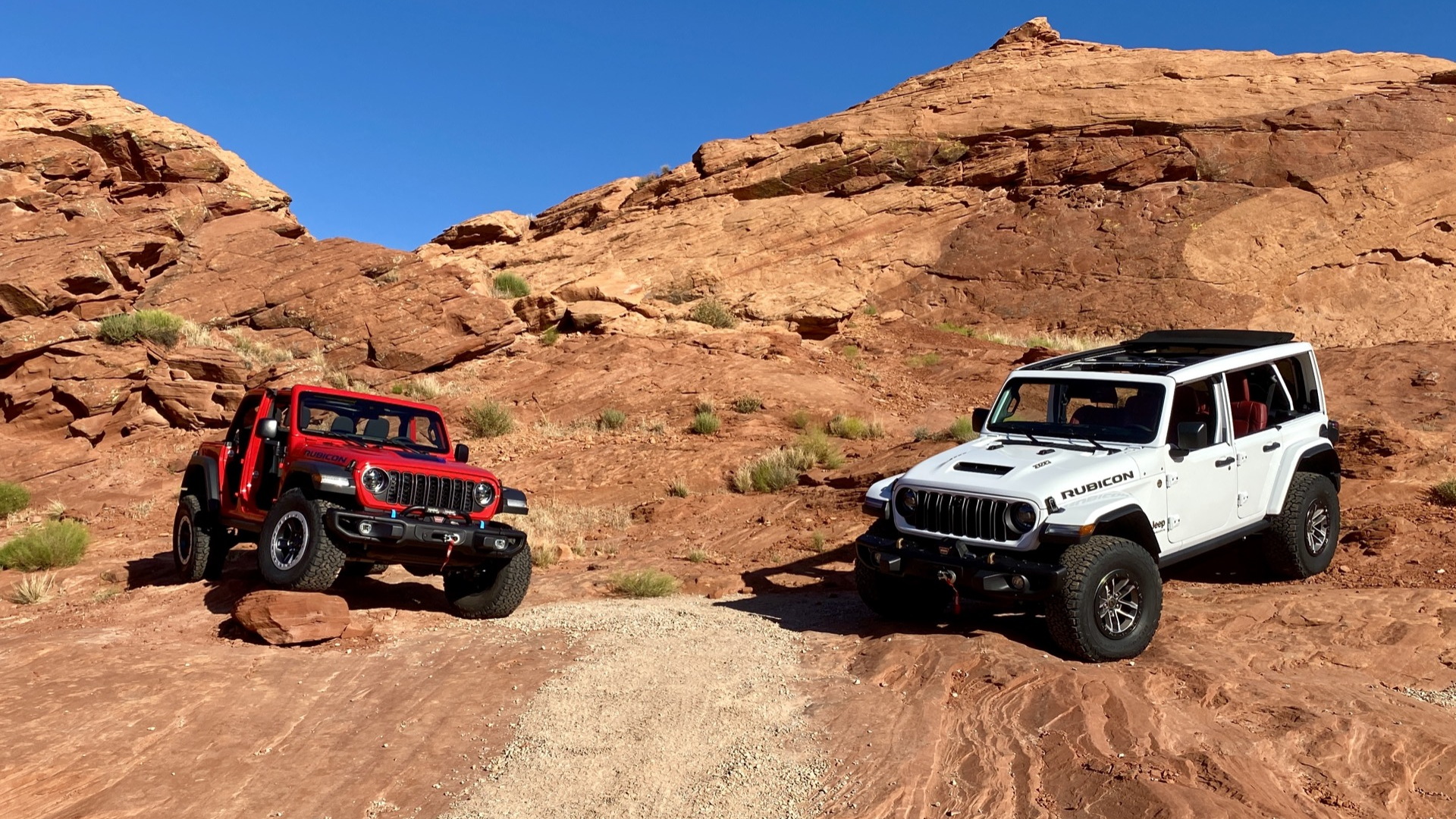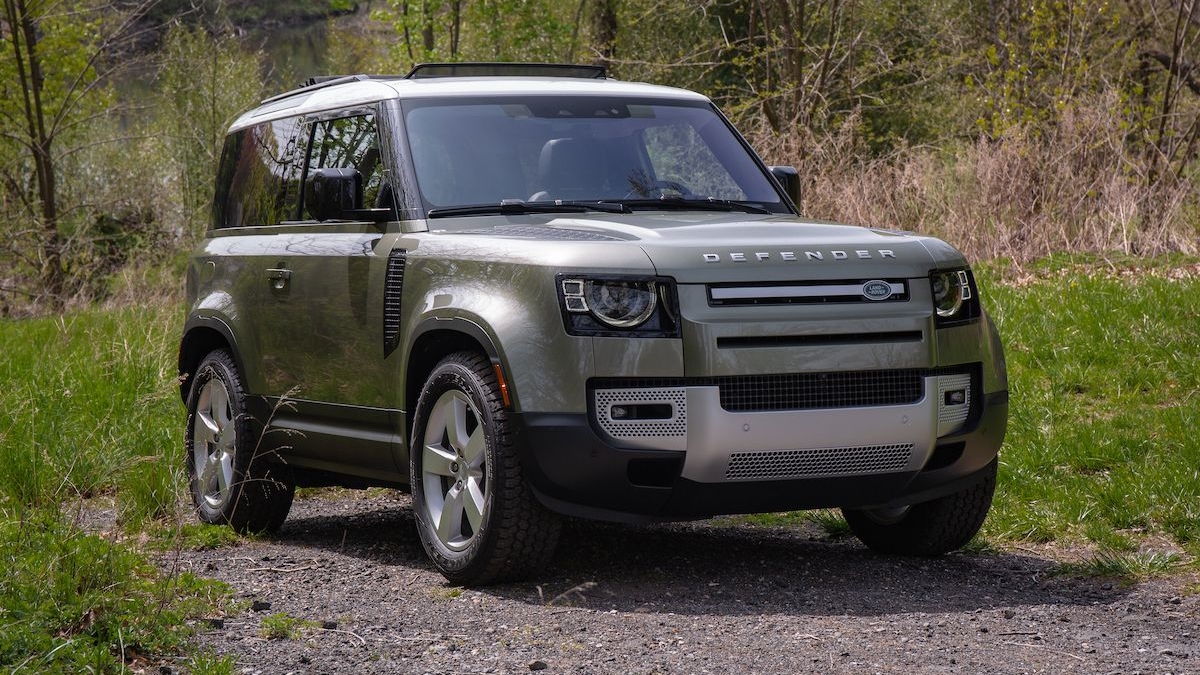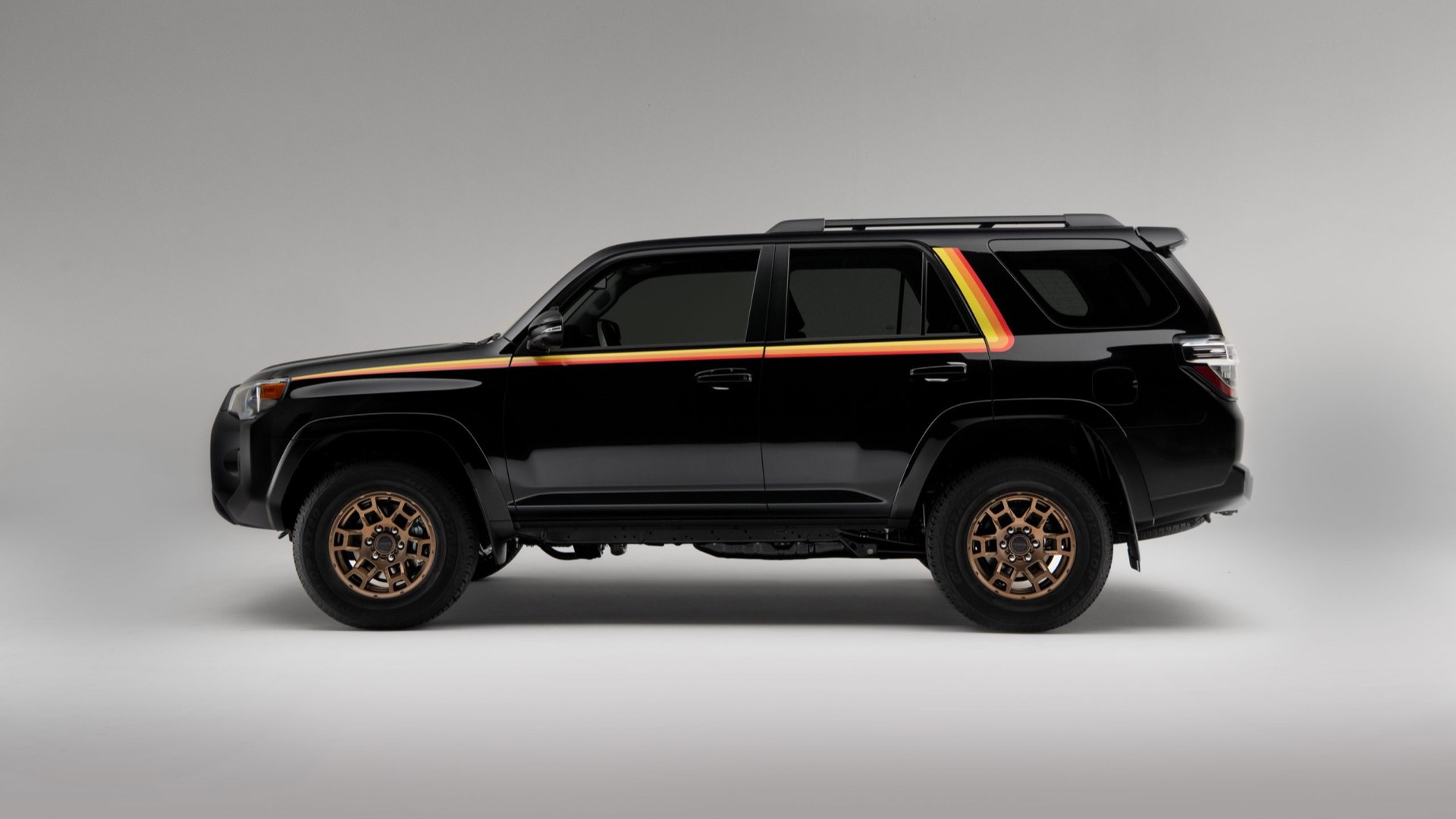The Jeep Wrangler earned its place in automotive history during World War II. But as Hummer fans can attest, it’s not so easy to stay a part of the American landscape after war becomes peace.
The Jeep formula seems so simple, but it’s not. Take a bit of history. Keep the rugged looks intact. Make it as capable as ever. Make it as modern as possible. Now do it for 75 years.
Oh, and don’t ruin it.
The idea may be simple, but the Jeep money-printing machine is at least as complex as a high school romance. To keep the idea of Jeep alive, the bona fides have to stay in place.
What are those bona fides? What does it take for Jeep’s Wrangler to be a Jeep, and why?

2019 Jeep Wrangler
A two-door convertible SUV body
All strung together, those words wouldn’t make sense—unless you’re talking about a Willys, a CJ, or a Jeep Wrangler. Whether it’s the bare metal of wartime jeeps or today’s touchscreen-enabled Wranglers, the fundamental image all these Jeeps conjure is of a two-door convertible SUV, despite the four-doors and pickups that came later. It’s a blissfully simple idea that few have tried to knock off—from its seven-slot grille to its upright windshield to its removable doors—and it remains pure. To stick on an overused word, it’s an icon.

The D-Day Jeeps of Normandy, France
Go-anywhere hardware
Before Trail Rated badges—before fuel injection—the military jeep could go anywhere, long before all it had to do was go to Starbucks. Long before marketing hype turned the jeep into the Jeep into the Wrangler, it had four-wheel drive, lots of ground clearance, impressive approach and departure angles, and plenty of articulation. Today’s Jeep Wranglers can riff on those essentials with locking differentials, trick sway bars, and auxiliary switch blanks, but those are just derivatives, not the formula. TL;DR, if it can’t off-road it can’t be a Jeep Wrangler.

Mopar-modified Jeep Wrangler features all-new items from the performance parts catalog
Plug-and-play ability
The Willys jeep was a simple affair because it needed to be: It had to adapt on the fly to the military moment, which made it an ideal machine to adapt for several afterlives. That kind of flexibility has become a Jeep hallmark. Through the decades the CJ and then subsequent Wrangler models have kept this Lego-like trait with the ability to swap out parts with ease. Pull up to a Jeep meet or off-road gathering and it’s unlikely two Wranglers will look the same. A big part of Jeep ownership is the ability to make it your own, whether that’s something as simple as swapping out the lighting system or wheels and tires or more complex choices like suspension upgrades, winches, or full overlanding gear. It’s planned in, down to the auxiliary switch blanks, to the easily modified suspension, to the fenders that leave enough room for huge, knobby off-road tires.

2018 Jeep Wrangler on assembly line
Made in Toledo
It’s where it all began. Today’s Wranglers and jeeps and Jeeps past call Toledo home—and from the very beginning, the Parkway Annex and Stickney Avenue churned out military machines and civilian Jeeps by the thousands. The Annex opened in 1904 as a bicycle factory before Willys-Overland bought it and began building jeeps there during the war. Stickney Avenue came into the fold in 1964. The Toledo plants were bought by Chrysler in 1987 from AMC. Save for a decade when Wrangler YJ models were built in Canada from 1986 until 1995, the Jeep has been synonymous with northwest Ohio’s car capital.
Jeep Wrangler Rubicon modified by Mopar
It’s a Jeep thing
Like the Ford Mustang or Porsche 911, the Jeep Wrangler puts its drivers in a club, the kind of club that gets a hand wave on the highway, or a quick chat in the parking lot. Owners talk modifications, adventures, and history, sometimes before they trade names and handshakes. The Jeep’s an instant connector of people from all walks of life—a bit of Americana that we can all admire, without complications.



